The Gallery of tech flops: The Consumer Electronics Show is the world’s leading trade fair for the tech market. Since 1967, it has been previewing trends, technologies and innovative and futuristic products destined to come onto the market to improve various aspects of our lives. Companies’ desire to surprise and dare can sometimes result in something absurd, or immature for the times, or even of unlikely interest to consumers.
So this year in Las Vegas, the Gallery of Flops was organized, a representative exhibition of gadgets that entered history on the wrong side. By resoundingly failing in their respective dreams of glory. After all, the distance between success and flop depends on a series of determining factors, such as intuition, research, communication and sales strategies, as well as the necessary luck needed to emerge in a sector that is always crowded with solutions and protagonists.
Seventeen devices have been grouped together by Prelaunch, a young company that assists startups and companies by outlining tailor-made paths for launching new products on the market. The company planned a series of significant failures to attract the media’s attention, selecting the unlucky launches of big companies such as Apple, Amazon, Nintendo, Nike, Nokia and Sony. Here they are.
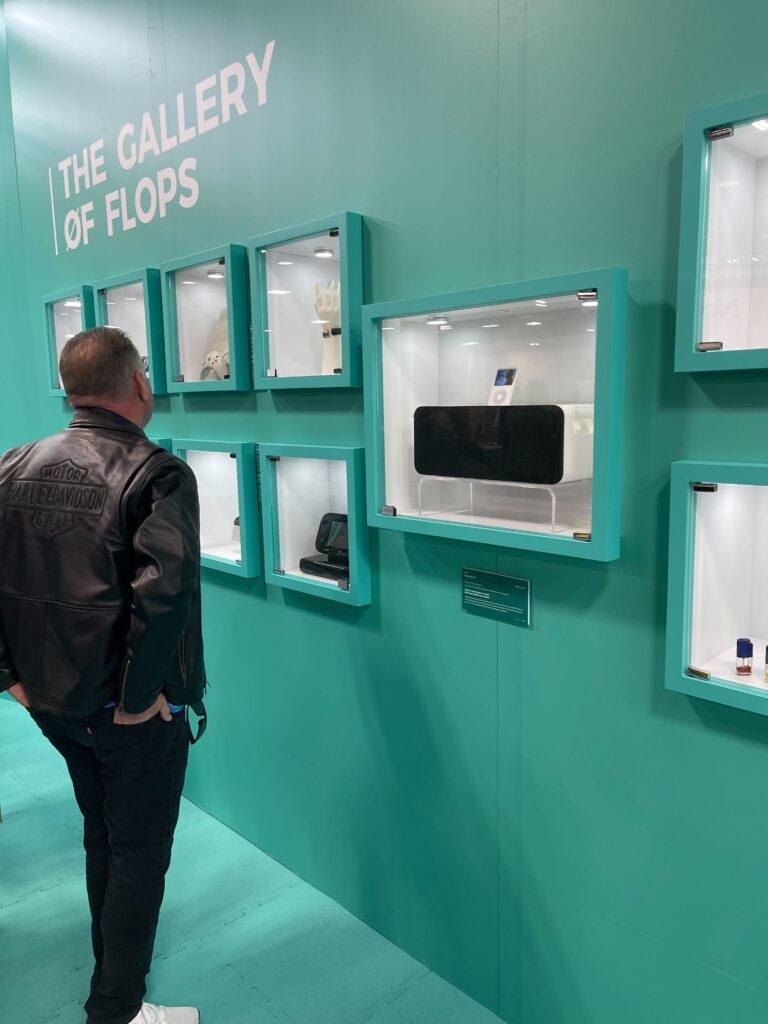

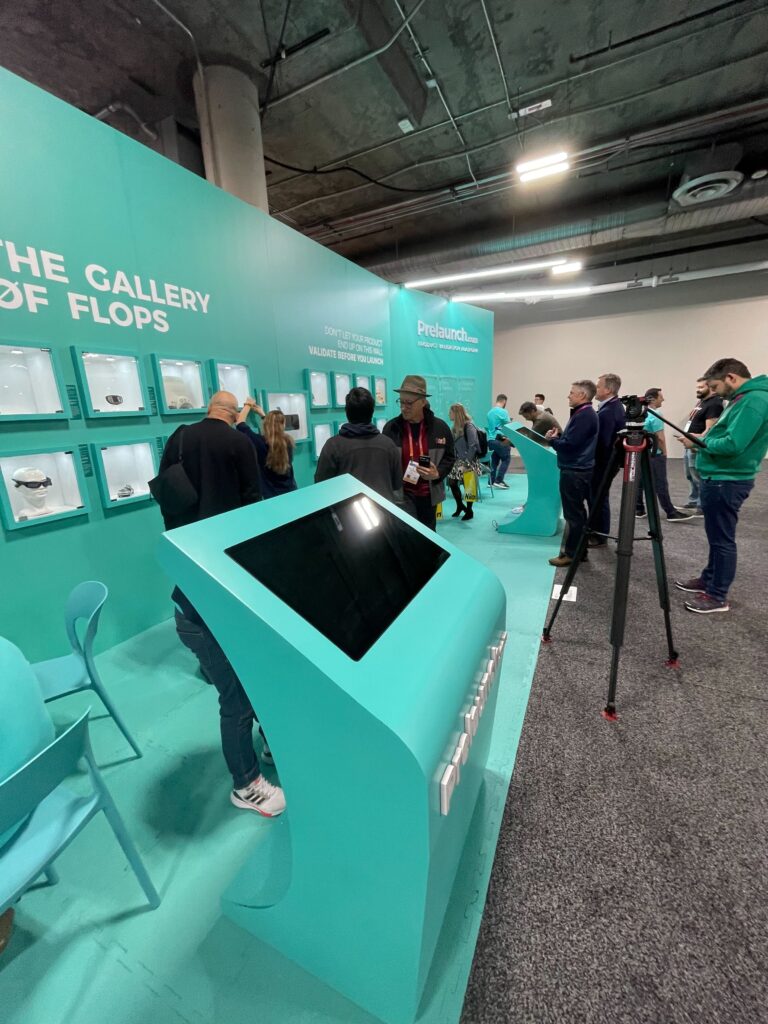
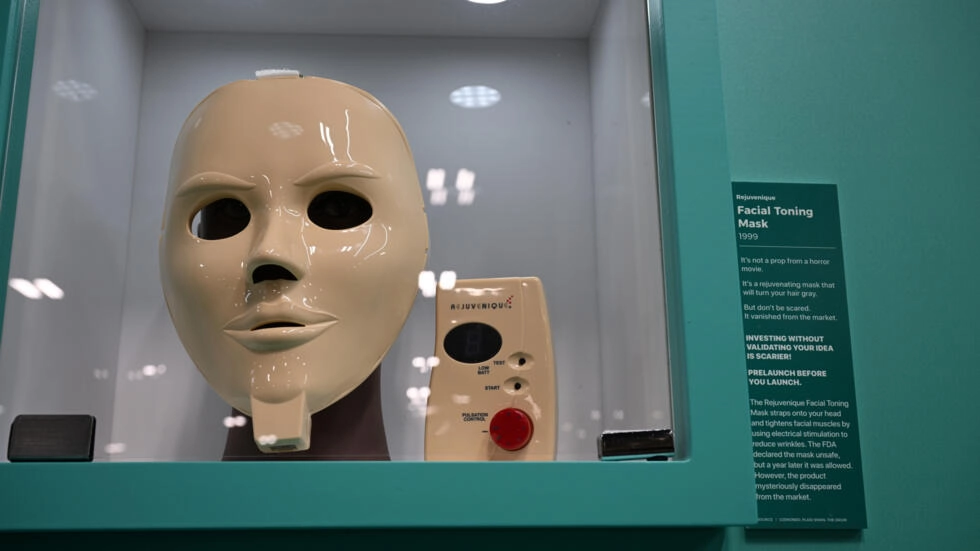
Nokia N-Gage – Phone or console that is the question. Yes, because the promises of standing as one of the first 2-in-1 in history have crumbled in its inability to deliver in either direction. A great dream remained as such.
Microsoft Zune – A good product launched at the wrong time. This was the reason for the failure of the media player presented in 2006, five years after the arrival of the Apple iPod, which had been an immediate success on a global scale.
Apple Pippin – Many successful projects, but Cupertino also counted several flops. One of the most resounding is Apple Pippin, which in 1995 was supposed to pave the way for the company in the video game industry and which, instead of selling the expected 500,000 units in a year, disappeared within a few months due to its excessive price and lack of a catalogue of games up to scratch.
Nintendo Virtual Boy – Also, in 1995, Nintendo made its hole in the water with the 3D visor to pursue virtual reality. Virtual Boy’s life could have been better between headaches and too high a price. That doesn’t convince me even now, let alone 37 years ago.
Sony Google Tv Remote – An ambitious project ahead of its time because today, the Smart TV remote control is in every home. In 2012, however, one still had to become familiar with the medium and betting on a model with 88 buttons could have been a better intuition.
Amazon Fire Phone – Revolutionizing the smartphone market with a 3D-enabled device and always-on customer service. It was 2014, and after only a few months, the Fire Phone was lost track of, marking such a flop that it convinced Amazon to give up on smartphones.
TwitterPeek – A disaster foretold because just whoever launched it in 2009 could have hoped that someone would buy a device designed to write tweets when everyone already has a smartphone at their disposal. Pointless.
Nike Fuel Band – The band with the Swoosh started great, then shut down and never recovered. Software problems and many new companies specializing in wearable technology put an end to the Nike project.
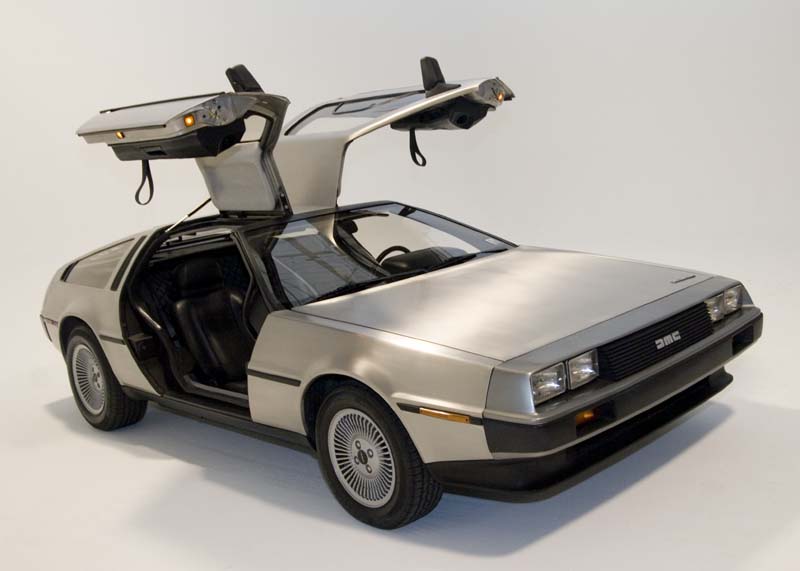
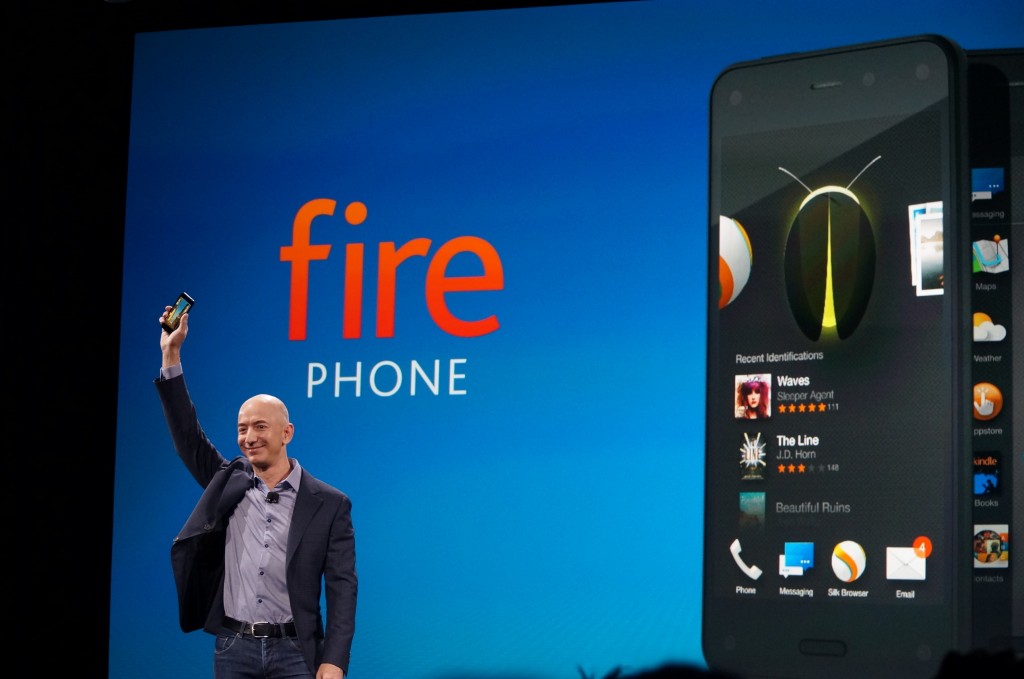
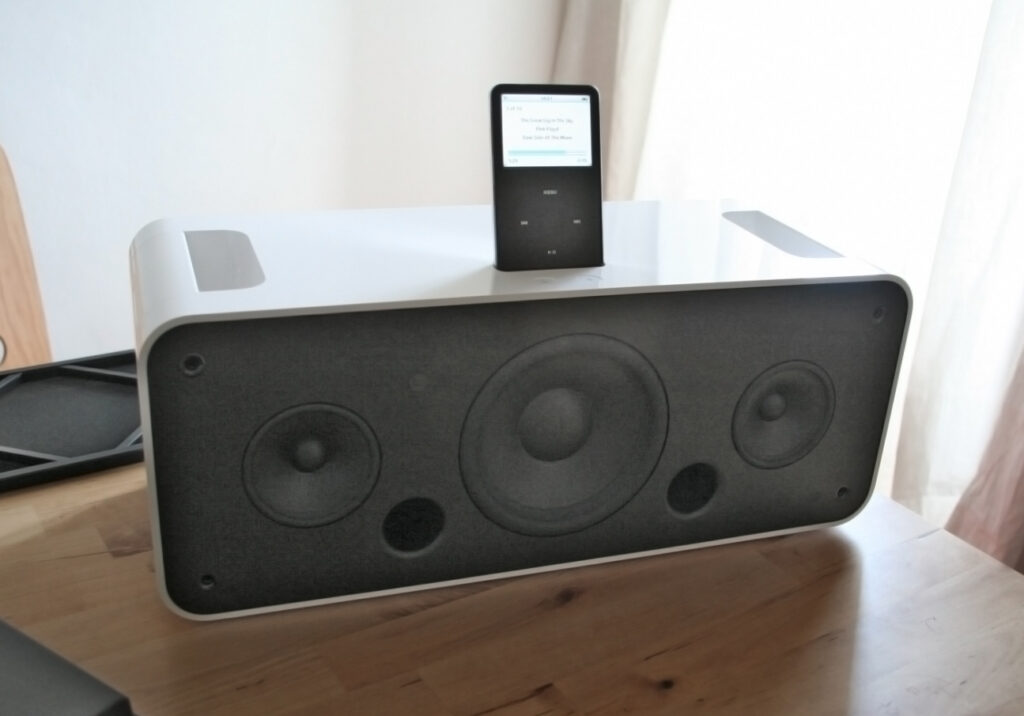

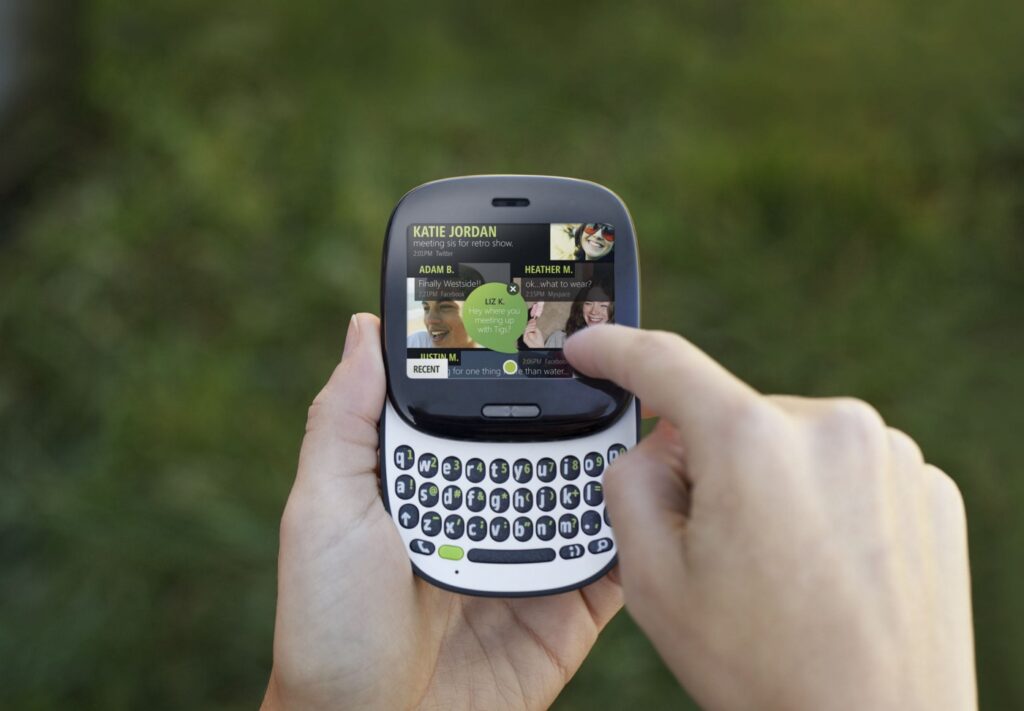
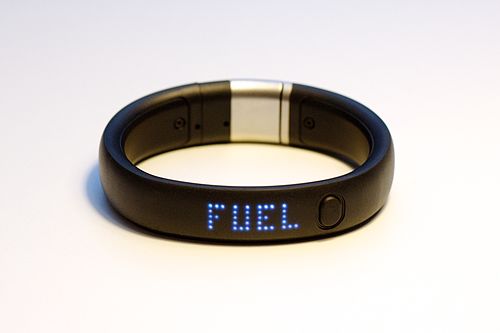
Oakley Thump – Revised styling was one of the weak points of the glasses with integrated earphones. Proposed in 2004 at a high price, they soon faded into oblivion.
Harley Davidson Cologne – Exploiting the myth of the motorcyclist to increase business by opening up to previously untried sectors. Better to think about motorbikes! The idea of the American motorbike manufacturer was not well received, with fans protesting that the brand had been betrayed.
Bic Perfume – As mentioned above: the theory lay in the ambition to give Parisian charm; the practice turned out to be a flop in every respect. An attempt not to be repeated.
DeLorean DMC-12 – Just over 9200 units were produced of the car with wings made famous by the film Back to the Future. Beautiful to admire in the cinema, a little more complicated to put on the road. After the flop, the company did not produce any more cars.
Rejuvenique Face Mask – An antecedent of the invigorating face masks, the concept was good, but the execution was questionable. Its journey to success ended before it began, first because of the marketing halt imposed by the Food and Drug Administration for safety reasons, then by people’s disinterest once it arrived in shops.
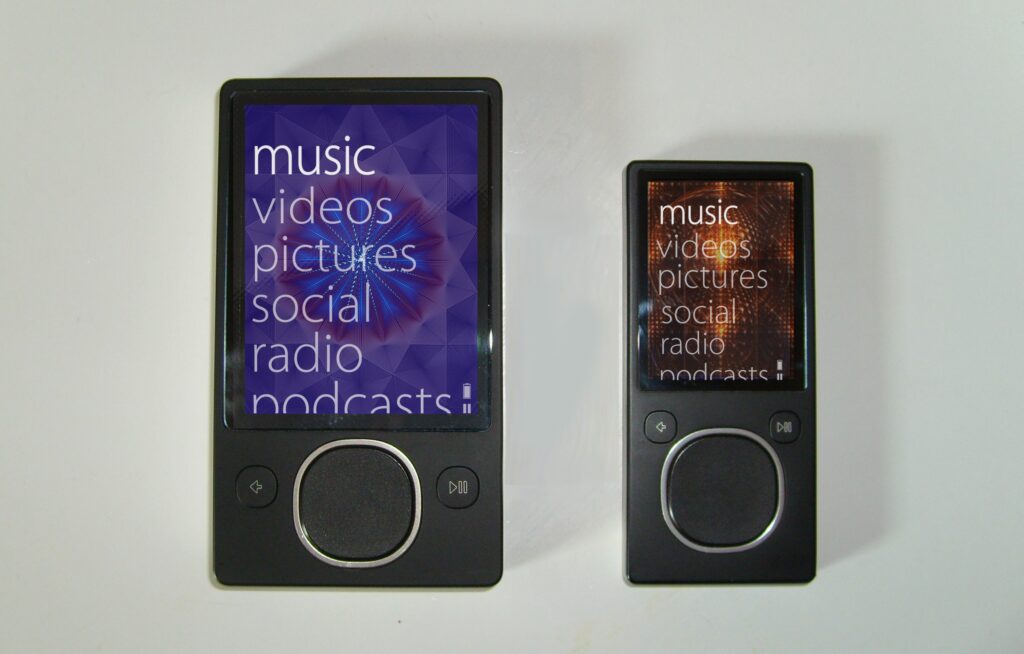
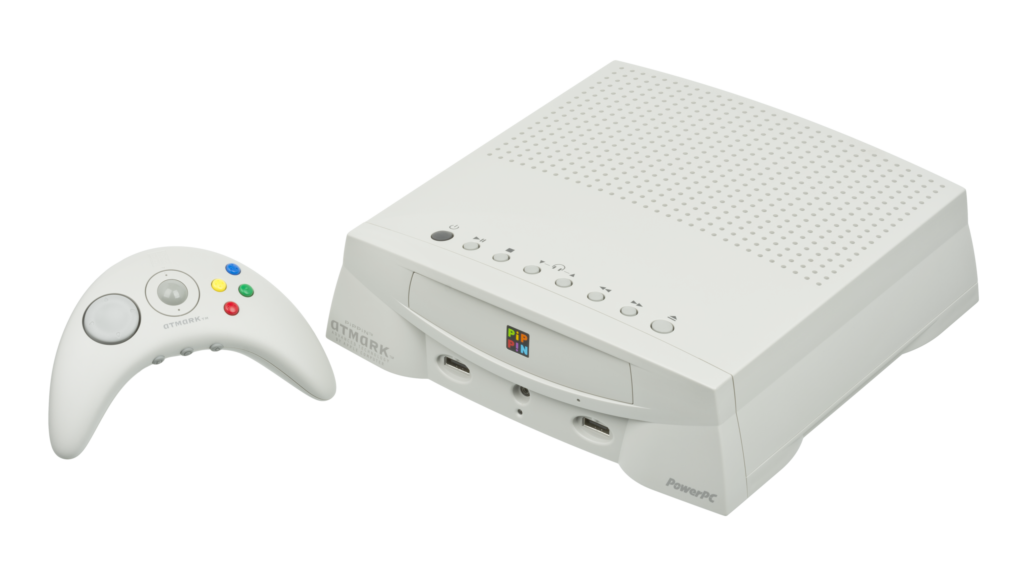
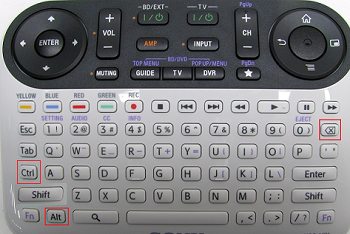
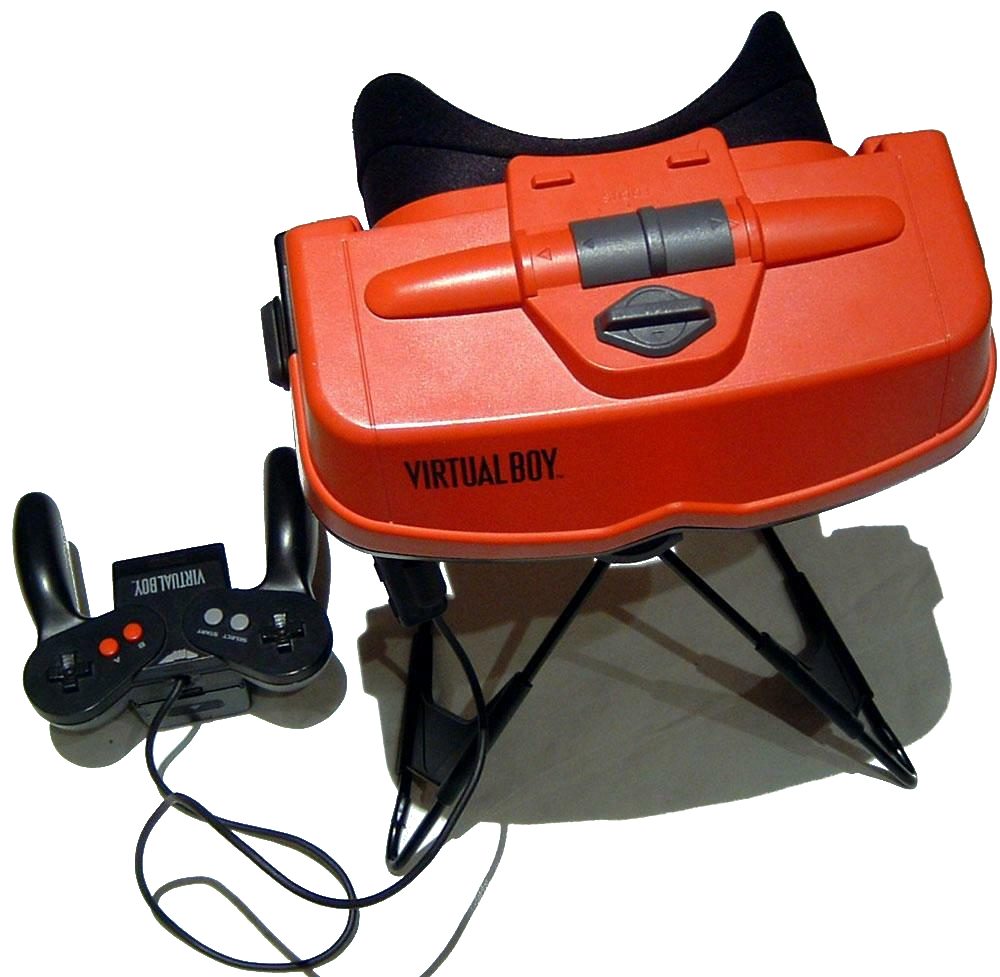


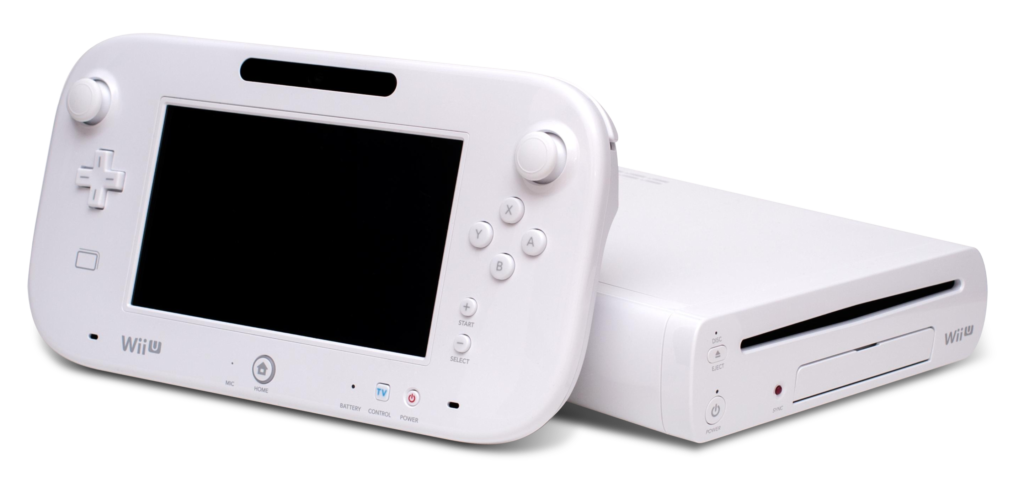
Microsoft Kin One – It was supposed to fill Microsoft’s void in the smartphone business but failed to make it past six months. And as the subsequent Nokia experience showed, Microsoft and smartphones don’t get along.
Nike Magneto – Minimalist glasses with a magnetic clasp at the temples; the question is, why were they produced? Impractical, unsightly and a failure acknowledged by the company itself.
Apple iPod Hi-Fi – On the heels of the success of the first portable device for listening to music, Apple was confident of repeating the big numbers. Instead, the Hi-Fi version lasted little more than a year before fading into oblivion.
Nintendo Wii U – Too cumbersome as a handheld console, too complicated to approach the mass audience. Not up to the standard of the previous Wii, it is remembered for paving the way for the later Nintendo Switch.



